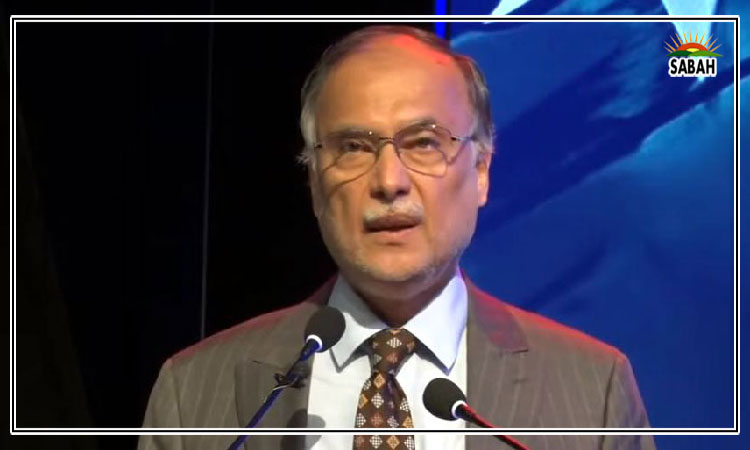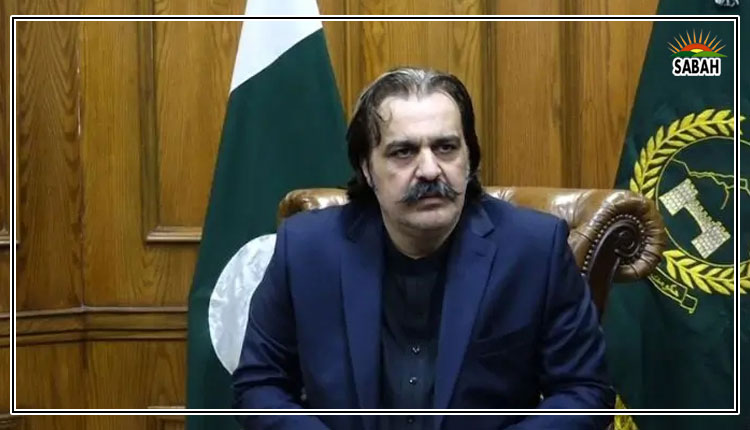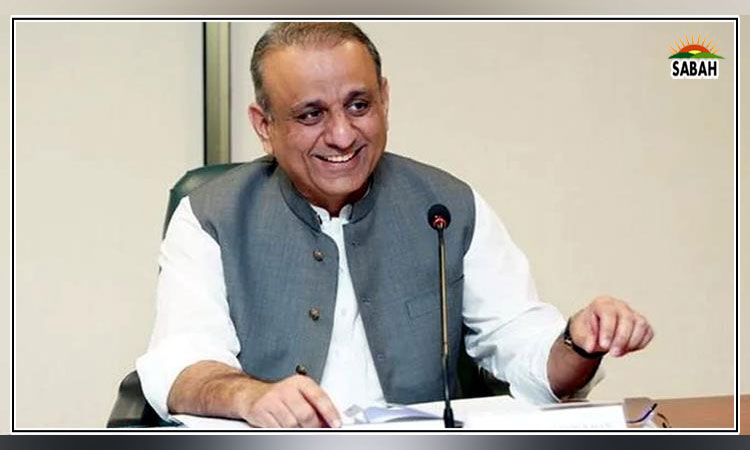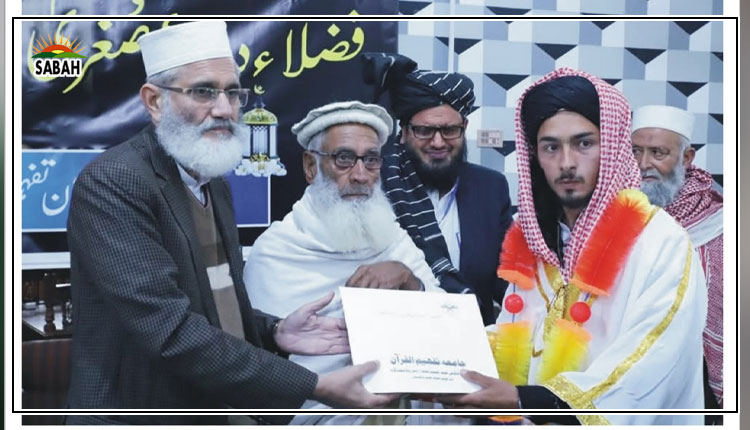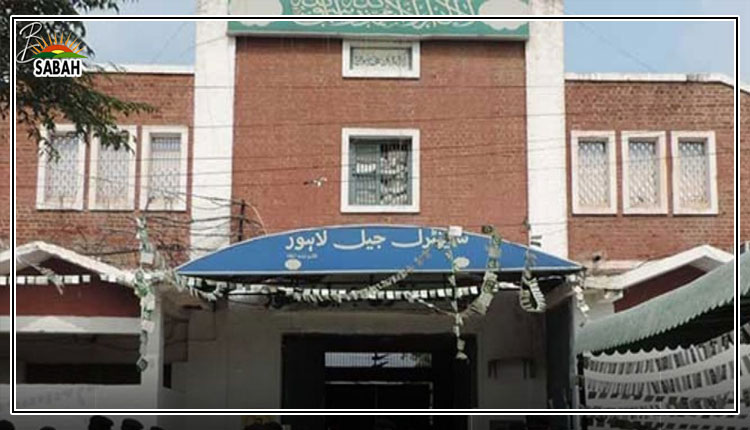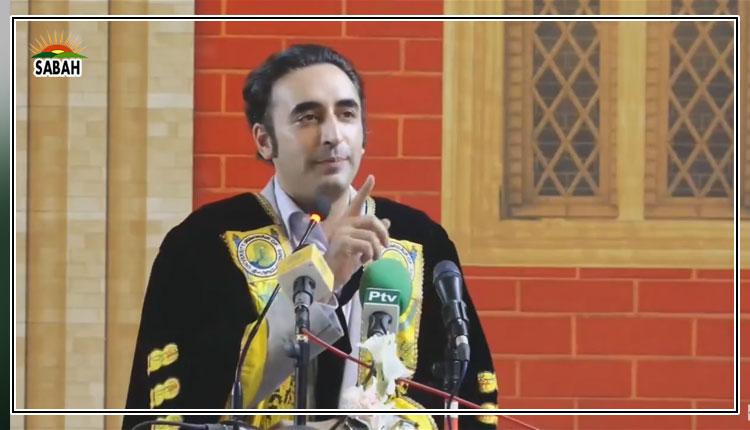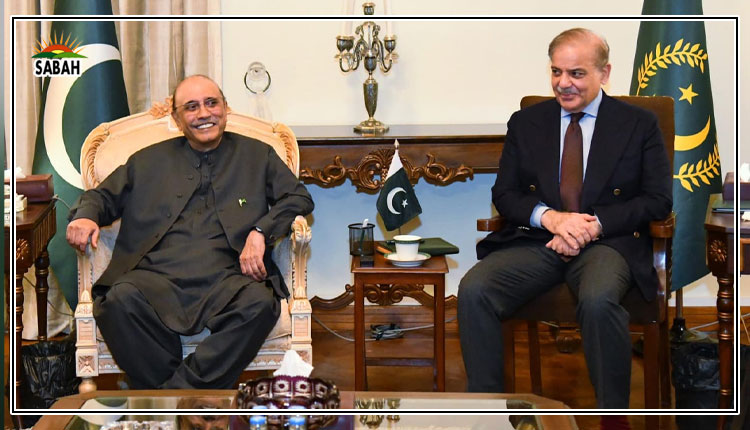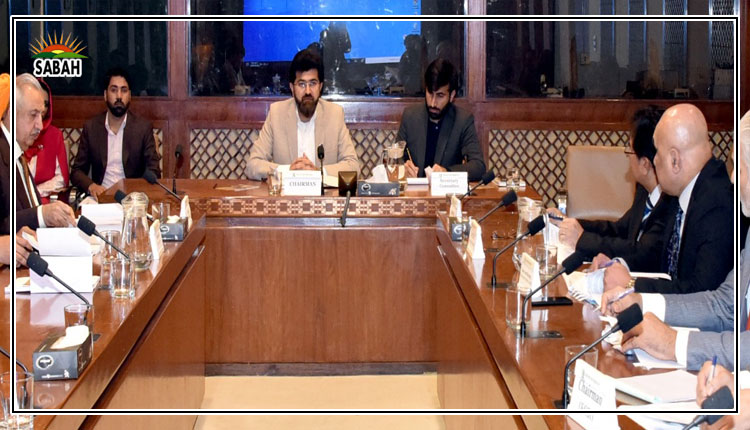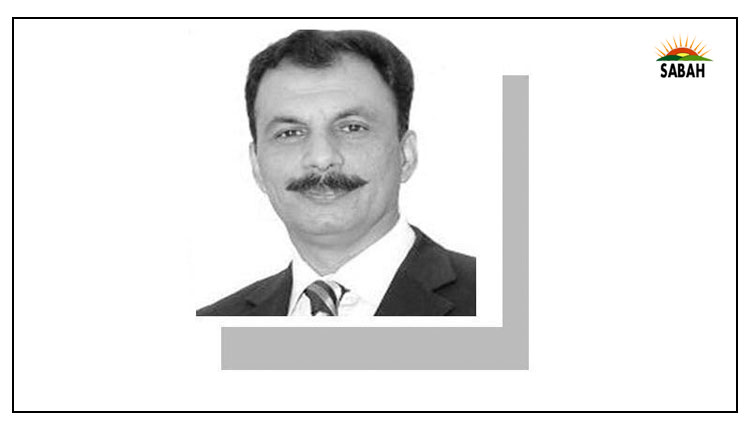Southern conundrum ……Mohammad Ali Babakhel
THE south of Khyber Pakhtunkhwa (KP) has historically been a turbulent region. It has been a haven for freedom-loving anti-imperialists as well as those with an intense devotion to religion. It has seen long-drawn tribal feuds and major demographic transitions. All of these factors have kept the region alive in the news and in history books.
Of KP’s total area of 101,741 square kilometres, south KP occupies 36,655 sq km, or 36 per cent. The region is administratively divided into three divisions and 12 districts (including the recently bifurcated South Waziristan). North Waziristan’s border with Afghanistan stretches over 183km, and it neighbours the Afghan provinces of Khost, Paktia and Paktika, where militants are reportedly concentrated. South Waziristan’s border with Afghanistan stretches over 107km and, further north, Kurram shares a 192km boundary with Afghanistan, adjoining Nangarhar, Khost, and Paktia.
After a spike in militancy and counterterrorism operations, certain parts of south KP experienced significant demographic changes. People from South Waziristan, North Waziristan, Kurram and Orakzai migrated to Tank, Dera Ismail Khan, Bannu, and Kohat, respectively. D.I. Khan’s population grew from 852,995 in the 1998 census to 1,625,088 persons in the 2017 census. Likewise, in 1998, Tank counted 238,216 people, rising to 390,626 in 2017. In 1998, Bannu had 675,667 people, which rose to 1,167,071 in 2017. Displacement and migration simultaneously de-tribalised the local culture while burdening the urban areas of Kohat, Bannu. and D.I. Khan.
Militancy in south KP is a consequence of historical, political and socioeconomic factors. The region lacks linguistic or ethnic homogeneity. Its effective governance requires a thorough understanding of its history, diversity, and the nature of its tribal dynamics. The Wazir, Bhittani, Mehsud, Kundi, Bangash, Paracha, Afridi, Khattak, Banuchi, Marwat, Gandapur, Miankhel, Turi, Orakzai, and Banuri are its major tribes. Pashto, Seraiki, Hindko, Brahui, and Urdu are the spoken languages. The region also has substantial sectarian diversity, including a significant Shia presence in D.I. Khan, Kurram, Kohat, and Hangu.
South KP gets very little time and space in Pakistani media.
South KP is home to conservative tribal communities that feel marginalised, and which shuttle between nationalism and religiosity. Poverty, unemployment and a lack of access to education and basic services have contributed to their sense of general hopelessness, leaving the poverty-stricken youth susceptible to radicalisation and militant recruitment. External actors have exploited the local population’s feelings of marginalisation to their advantage.
Furthermore, poor infrastructure has hampered trade and economic development. A long spell of militancy and other factors have disrupted rail and air connectivity: the railway stations in Tank, Bannu, Hangu, Usterzai, and Thal stand abandoned, while the airports in Bannu, Parachinar, and D.I. Khan are no longer operational. Newly constructed roads in the former tribal areas have, however, bridged some distances and improved governance, trade, and the mobility of security forces.
South KP gets very little time and space in Pakistani media. Keeping in view the communication barriers, radio broadcasts may prove an effective medium of communication in the region and may help counter prevailing extremist narratives. Radio Pakistan has a radio station in D.I. Khan, and FM radio stations are on air in Bannu, Hangu, Kohat, and North Waziristan. In the absence of effective communication, people rely on alternative media, external broadcasts, and social media content to get information, but these mediums often carry provocative content that may be detrimental to Pakistan’s interests.
Bannu, D.I. Khan, Kohat and Kurram were notified districts during the British era, so all, except Kurram, have cantonments. These districts were established primarily on the basis of their strategic importance; the colonial rulers wanted to improve their control over the tribal areas and improve revenue collection. Because the remaining districts in south KP were established after independence, the infrastructure they inherited was weak, which impacted public service. The mere creation of any more districts will not serve the interests of the state or the public; therefore, infrastructural development, improved public service delivery, and revenue collection should be the key focus areas.
The dividends from the 25th Amendment for the newly merged districts have come in the form of a growing realisation and acceptance of different institutions and fundamental human rights. However, resources are limited and expectations high: how to deliver in this context remains the real challenge.
The writer is author of Pakistan: In Between Extremism and Peace.
X (formerly Twitter): @alibabakhel
Courtesy Dawn, October 2nd, 2023



